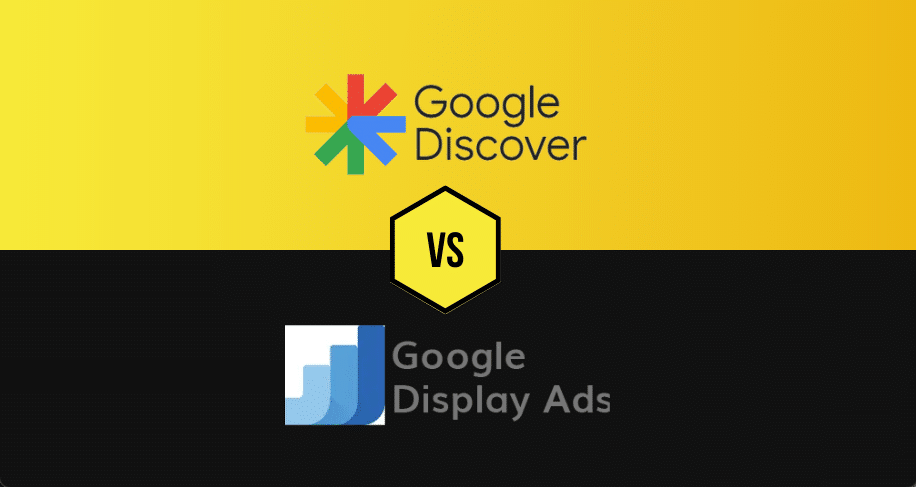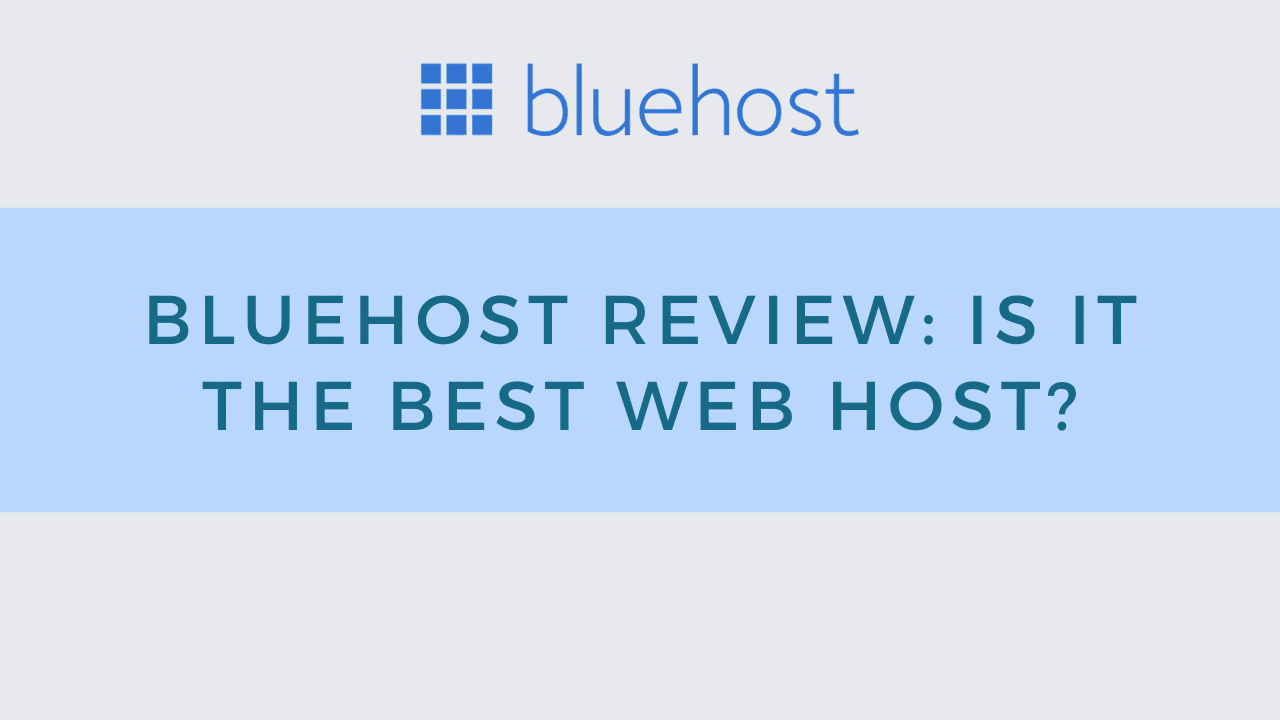Effective advertising is crucial for businesses to reach and engage their target audiences. Two popular options for online advertising offered by Google are Discovery Ads and Display Ads. Both ad formats have unique strengths and features, but which is better for marketing?
We dive into the world of a Google Discovery Ad and Display Ad, comparing their key characteristics and benefits to determine which type of ad is more effective in driving marketing success.
This post will cover Google display ads, display campaigns, discovery campaigns, discovery ad, responsive display ads, single image ads, Google Discover and more for custom audiences.
What are Google Discovery Ads?
Google Discovery Ads are a native ad format offered by Google that allows advertisers to showcase their products or services across various Google properties. These ads are designed to seamlessly blend into the user’s browsing experience, appearing as personalized recommendations within the Discover feed on the Google app, YouTube home feed, and Gmail promotions tab. Given your preferred campaign type, you create ads for your discovery campaign.
These ads aim to capture the attention of users actively exploring and discovering new content related to their interests. By leveraging machine learning and user behavior data, these ads deliver highly relevant and engaging content that aligns with users’ preferences and intent.
Targeting and Placement Options
They offer robust targeting capabilities, enabling advertisers to reach their desired audience effectively. Here are some of the targeting options available:
- Audience Targeting: Advertisers can target specific audience segments based on demographics, interests, and behaviors. Google utilizes user search history, app usage, and YouTube activity to determine relevant audiences.
- Contextual Targeting: Advertisers can select specific topics or keywords related to their products or services to ensure their ads appear alongside relevant content.
- Remarketing: Advertisers can retarget users who have previously interacted with their website or app, allowing personalized and tailored advertising experiences.
Regarding placement, Discovery Ads are displayed within the Discover feed on the Google app, YouTube home feed, and the promotions tab in Gmail. This extensive placement across popular Google platforms ensures wide visibility and exposure to d users.
Benefits of Google Discovery Ads
Using Discovery Ads in your marketing campaigns offers several advantages:
- Increased Reach: Discovery Ads reach a vast user base across multiple Google platforms, giving advertisers access to a massive audience pool.
- Native and Engaging Format: These ads seamlessly blend into the user experience, appearing as natural recommendations. Their visually appealing and interactive format increases engagement and captures users’ attention.
- Personalized Targeting: Leveraging Google’s advanced algorithms and user data, Discovery Ads deliver personalized content tailored to users’ interests, increasing the chances of conversions.
- Cost-Effective: Discovery Ads often have lower cost-per-click (CPC) compared to other ad formats, making them a cost-effective choice for advertisers aiming to maximize their return on investment (ROI).
- Brand Visibility: With Discovery Ads, advertisers can effectively promote brand awareness and visibility by showcasing their products or services to a large and diverse audience.
Overall, these ads provide a powerful way for marketers to reach and engage users who are actively exploring and discovering new content. Their personalized targeting capabilities, native format, and extensive reach make them valuable tool for driving successful marketing campaigns.
What are Display Ads?
A Display Ads refers to graphical advertisements displayed on websites and mobile apps as static images, banners, videos, or interactive media. These ads are a prominent form of online advertising, appearing across a vast network of websites that have partnered with Google as part of the Google Display Network (GDN).
These ads aims to raise brand awareness, drive website traffic, and encourage conversions by capturing users’ attention while browsing other websites or using mobile apps. They allow advertisers to showcase their products, services, or messaging through visually compelling and attention-grabbing creatives.
Benefits of Display Ads
Using them in marketing campaigns provides several benefits:
- Wide Reach: The Google Display Network reaches a vast network of websites and mobile apps, offering advertisers access to a diverse and extensive audience.
- Visual Appeal: They allow advertisers to create visually appealing and engaging creatives, including images, videos, and interactive elements. This helps attract attention and drive user engagement.
- Brand Building: They effectively build brand awareness and recognition. They enable advertisers to showcase their brand messaging, logo, and visual identity to a large audience.
- Retargeting Capabilities: By leveraging remarketing lists, advertisers can display their ads to users who have previously shown interest in their products or visited their website. This helps reinforce brand messaging and increase the likelihood of conversions.
- Flexibility and Customization: They offer flexibility regarding ad formats, sizes, and placements. Advertisers can tailor their creatives and targeting strategies to suit their marketing goals and audience preferences.
Key Differences Between Google Discovery Ads and Display Ads
Format and Appearance
Discovery Ads:
- Visual format: They are visually rich, displaying eye-catching images or videos.
- Appearance: They seamlessly blend into the user experience, appearing as personalized recommendations within the Discover feed, YouTube home feed, and Gmail promotions tab.
Display Ads:
- Visual format: These ads come in various formats, including static images, banners, videos, or interactive media.
- Appearance: They appear on websites and mobile apps as standalone ads, often positioned within the content or in designated ad spaces.
User Intent and Engagement
Discovery Ads:
- User Intent: They target users who are actively exploring and discovering new content aligned with their interests. Users may have a higher intent to engage with relevant recommendations.
- Engagement: The native and personalized nature of a Discovery Ad encourages users to interact and engage with the content, increasing the potential for higher engagement rates.
Display Ads:
- User Intent: These ads reach users while they are browsing websites or using mobile apps, regardless of their specific intent. Users may be in different stages of the buyer’s journey or simply consuming content.
- Engagement: The engagement level of Display Ads varies based on factors such as ad relevance, creative design, and placement. They can effectively capture users’ attention and drive engagement, but the engagement rates can vary.
Reach and Audience Targeting
Google Discovery Ads:
- Reach: These ads have a wide reach, appearing across the Google app’s Discover feed, YouTube home feed, and Gmail promotions tab. This allows advertisers to reach a large audience.
- Audience Targeting: Discovery Ads utilize Google’s advanced algorithms and user data to deliver personalized content based on demographics, interests, and behaviors. The targeting capabilities are focused on reaching users with specific intent and preferences.
Display Ads:
- Reach: Display Ads have a broad reach through the Google Display Network, encompassing a vast network of websites and mobile apps. This provides advertisers with access to a diverse range of audiences.
- Audience Targeting: Display Ads offer various targeting options, including audience targeting based on demographics, interests, behaviors, and remarketing lists. Advertisers can also choose specific placements or contextually target their ads based on keywords or topics.
Cost and Performance
Google Discovery Ads:
- Cost: Discovery Ads typically have a lower cost-per-click (CPC) than Display Ads, making them cost-effective for advertisers.
- Performance: Discovery Ads can deliver strong performance metrics, particularly regarding engagement rates, click-through rates (CTR), and conversions. The personalized nature of these ads contributes to their effectiveness.
Display Ads:
- Cost: Display Ads may have a higher CPC than Discovery Ads, although the costs can vary based on factors such as targeting options, ad placement, and competition.
- Performance: The performance of Display Ads can vary depending on the creative quality, targeting effectiveness, ad placement, and relevance to the audience. It is important to continually optimize and test Display Ads to achieve desired performance goals.
Which is Better for Marketing?
Factors to Consider
When choosing between a Discovery Ad and Display Ad for marketing purposes, businesses should consider the following key factors:
- Audience: Understand the target audience and their online behavior to determine which ad format is more likely to reach and engage them effectively.
- Ad Format and Placement: Assess each ad type’s visual format and placement options to determine which aligns better with the brand’s message and creative assets.
- User Intent: Consider the target audience’s intent and whether they are more likely to engage with personalized recommendations (Discovery) or standalone ads (Display).
- Budget and Cost-Effectiveness: Evaluate the budget available for advertising and the cost-per-click (CPC) associated with each ad type to determine the cost-effectiveness of reaching the desired audience.
- Marketing Goals: Align the choice of ad type with specific marketing goals, such as brand awareness, lead generation, website traffic, or conversions.
Frequently Asked Questions
What is the main difference between Google Discovery Ads and Display Ads?
The main difference lies in their format and placement. A Discovery Ad seamlessly blend into the user’s browsing experience as personalized recommendations within the Discover feed, YouTube home feed, and Gmail promotions tab. On the other hand, Display ones appear as standalone ads on websites and mobile apps within the Google Display Network. Discovery Ads focus on personalized recommendations, while Display ones are more versatile in ad formats.
Which ad type is more cost-effective, Google Discovery Ads, or Display Ads?
The cost-effectiveness of each ad type can vary depending on factors such as targeting options, ad placement, and competition. Generally, the Discovery Ads tend to have a lower cost-per-click (CPC) than Display ones. However, conducting thorough research and analysis specific to your industry and target audience is essential to determine which ad type would provide the best return on investment (ROI) for your marketing goals.
How do I choose Google Discovery Ads or Display Ads for my marketing campaign?
When deciding between the two, it’s essential to consider your marketing objectives and target audience. If your goal is to reach a broad audience and increase brand visibility, a Display Ad on the Google Display Network may be a suitable choice. On the other hand, if you aim to deliver personalized recommendations and engage users actively in exploring content aligned with their interests, a Discovery Ad can be more effective. Carefully evaluate factors such as audience behavior, ad format preferences, and available resources to make an informed decision that aligns with your marketing strategy.
Conclusion
When choosing between Google Discovery Ads and Display Ads for marketing purposes, carefully considering your marketing goals and target audience is crucial. Both ad types offer unique features and benefits that can contribute to your advertising success. By assessing audience, ad format, user intent, budget, and marketing objectives, you can make an informed decision that aligns with your needs.




